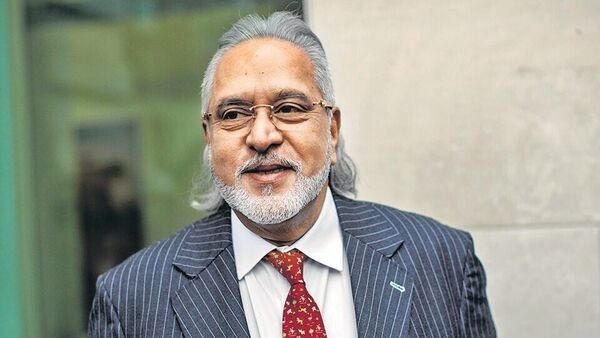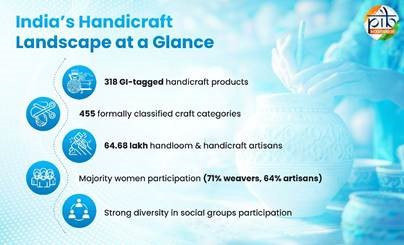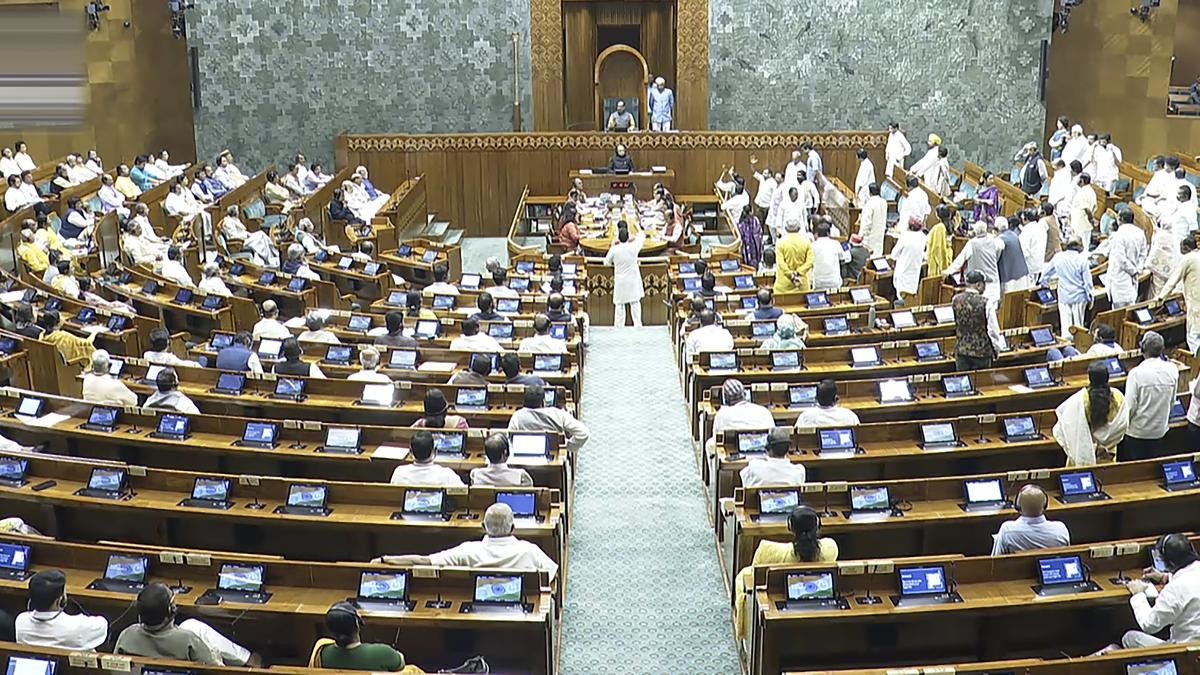



India's economic growth is currently driven by strong public investment, while private domestic investment remains weak despite high corporate profits. Indian firms are increasingly investing abroad, but global uncertainties highlight the need to refocus capital within the country.

Copyright infringement not intended
Picture Courtesy: The Hindu
As global trade faces prolonged uncertainty due to tariffs and disruptions, India’s economy must focus on strengthening domestic investment and inclusive growth.
Source: The Hindu
|
Practice Question Q. Discuss the reasons why Indian capital should refocus on domestic investment rather than seeking opportunities abroad. |
India's economic growth is currently being driven by public spending, while private investment remains subdued. Refocusing capital domestically can boost demand, generate employment, and reduce dependence on volatile global markets
Some major challenges include:
The government has taken several steps such as:







© 2025 iasgyan. All right reserved